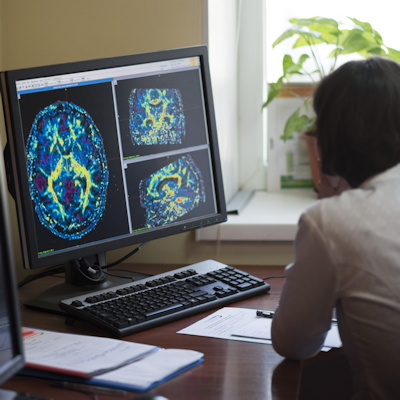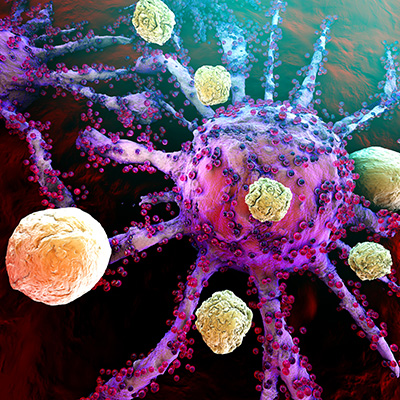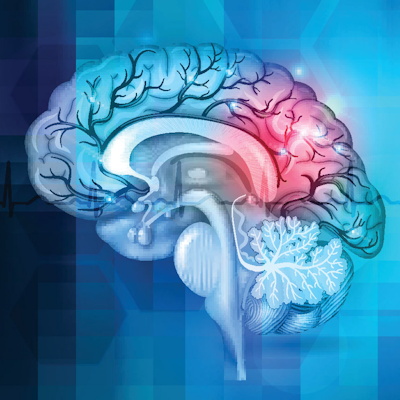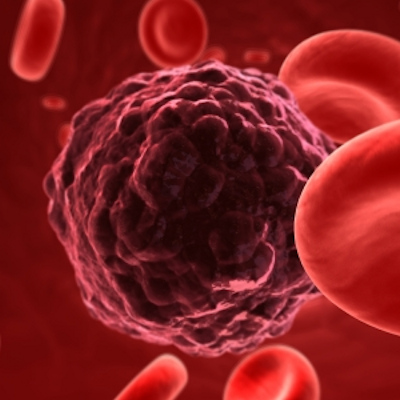February 24, 2023 -- Head injuries may increase the risk of developing brain cancer in later life by causing astrocytes to exhibit stem cell behavior, according to a study published in Current Biology.
Evidence of a potential link between head injuries and brain cancer predates the new paper. However, it has been unclear if brain trauma is a risk factor and, if it is, how it increases the likelihood of tumors emerging. Researchers from the UCL Cancer Institute have begun to clear up the uncertainty by building on recent evidence that astrocytes, a mature type of brain cell, can become more like stem cells again after injury. The reversion is potentially important because brain tumors called gliomas develop in neural stem cells.
The UCL researchers studied young adult mice with brain injury by injecting them with a substance that permanently labels their astrocytes and by knocking out a gene, p53, that suppresses many cancers. Other mice received a labeling injection without p53 inactivation, or p53 inactivation without an injection.
"Normally astrocytes are highly branched -- they take their name from stars -- but what we found was that without p53 and only after an injury the astrocytes had retracted their branches and become more rounded," UCL's Simona Parrinello, who led the study, said in a statement. "They weren't quite stem cell-like, but something had changed. So we let the mice age, then looked at the cells again and saw that they had completely reverted to a stem-like state with markers of early glioma cells that could divide."
Parrinello saw the findings as evidence that brain inflammation, induced in response to injury, combines with mutations in certain genes to make astrocytes more likely to turn cancerous. The researchers added evidence to support that interpretation by showing that the astrocytes' change to stem cell-like behavior accelerated after the mice were injected with a solution that causes inflammation.
As Parrinello explained, "normal tissues carry many mutations which seem to just sit there and not have any major effects." The mutations have no effect on young brains, even after an injury, because basal inflammation is low. As the brain ages, inflammation increases, particularly at the site of the injury, and at some point, may pass a threshold that causes the mutations to start to have effects.
Building on the mouse data, the researchers reviewed the medical records of more than 20,000 people who had been diagnosed with head injuries. The analysis showed that, compared to a control group matched for age, sex, and socioeconomic status, patients who experienced a head injury were nearly four times more likely to develop brain cancer later in life. Even so, the lifetime risk of developing brain cancer was still below 1% in the head-injury cohort.
Copyright © 2023 scienceboard.net










